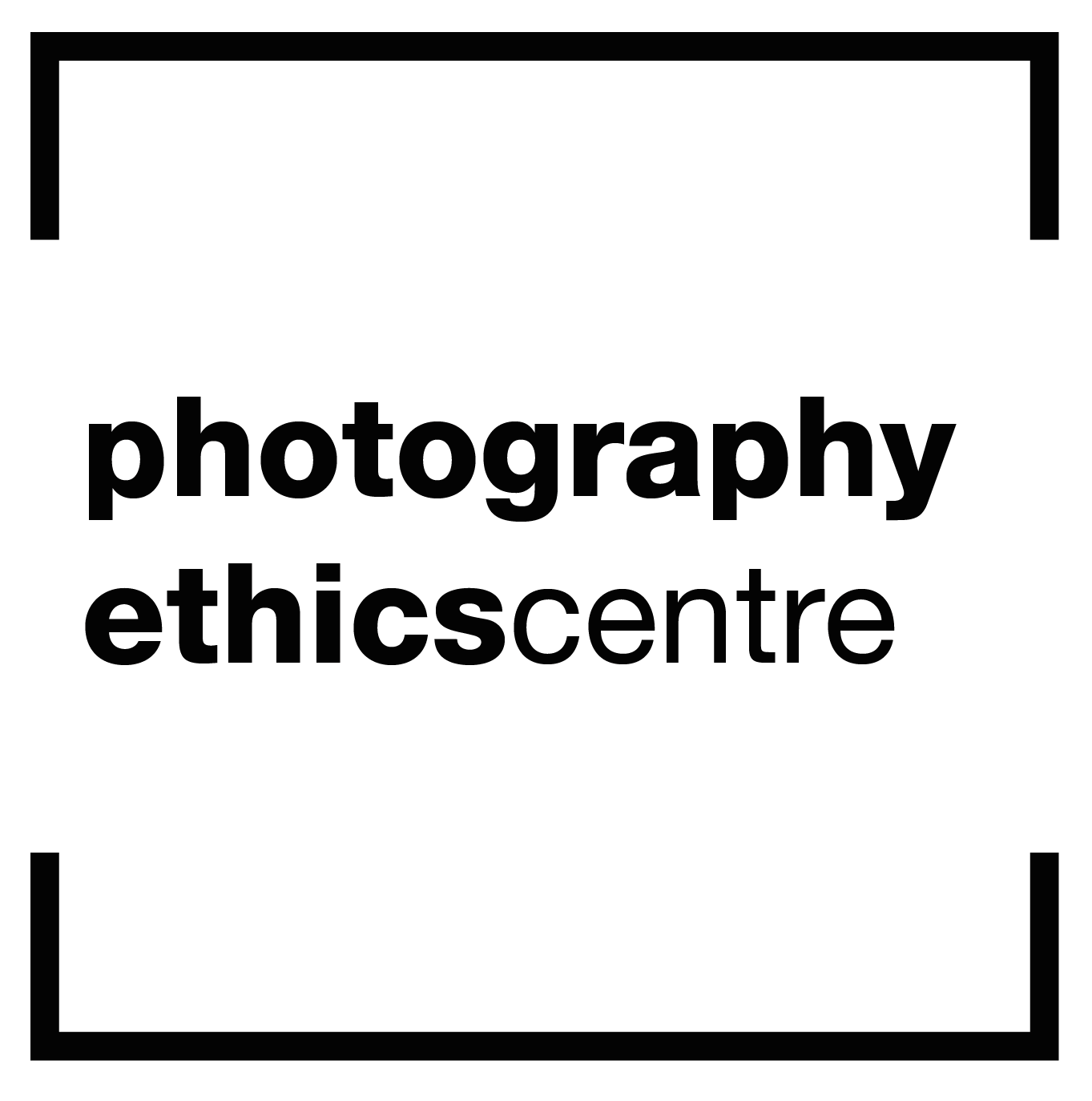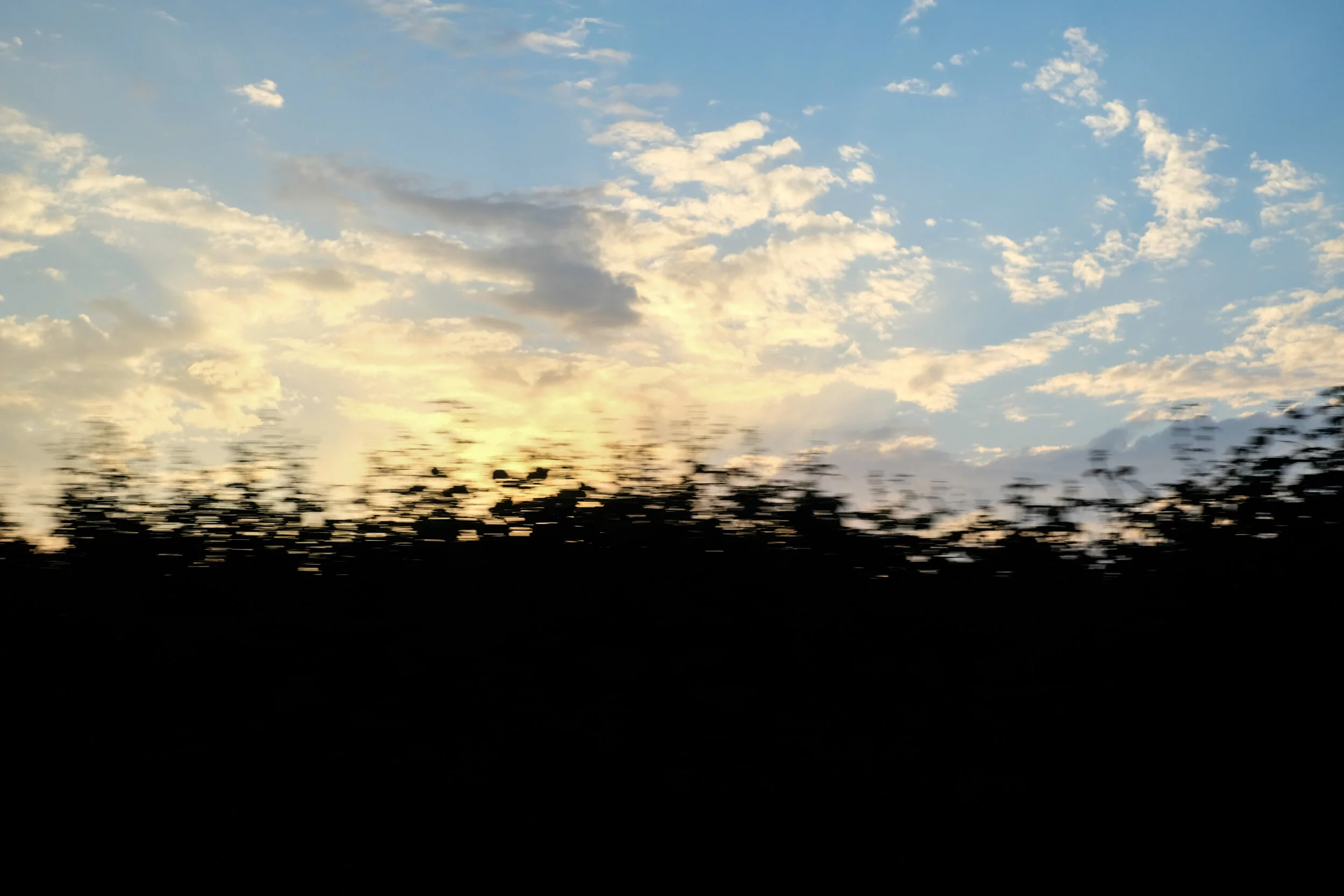On self-reflection and vulnerability in photography
by Savannah Dodd
Photojournalists from across the industry are having difficult conversations about consent, and many of these conversations are playing out publicly on social media platforms. While some are calling for greater care and sensitivity when taking photographs of people by asking for their informed consent, others are arguing that an expectation of informed consent is a threat to the industry.
This collective movement toward a more considered practice that puts an emphasis on respect, safety, and sensitivity toward the people in our images may feel threatening when we reflect on our past practice. There is no doubt that it is uncomfortable to confront the fact that our previous work might be unethical — and potentially unusable going forward.
However, the photojournalism industry is not the same today as it was even just ten years ago. The potential reach of photographs is ever expanding and ever more immediate. The photojournalism industry has a responsibility to evolve in order to ensure that it is prepared to meet the ethical challenges that new technologies and a changing world present. Individuals operating within the industry have a responsibility to evolve, too, and to engage in self-reflection and professional development.
The industry is going through growing pains. There is a growing realisation that Black people and people of colour have been photographed without the same dignity afforded to white people. There is a growing intolerance for the extractive practices of “parachute journalism” that neglect the complexities of a story in favour of shock-and-awe. There is a growing awareness of the power that photojournalists have to represent the world to the public, and of the responsibilities that come with that power.
These realisations are certainly challenging to navigate, but they also come with exciting opportunities for transformation.
What happens when photojournalists take on board new ideas and critically reflect on past practice? Robin Hammond has given us one example. After sharing a photograph of a young man with a mental health condition shackled to a concrete floor, he was confronted with a wave of criticism that this photograph was exploitative. In response, Hammond shared a reflection on Instagram:
“This weekend I shared a photo from my project Condemned on the @natgeo account. Many people expressed shock on seeing the young man shackled to the prison floor. Most were supportive, speaking of the importance of making these issues known. But some thought the taking of the photograph was exploitative: the young man could not have given consent — he didn’t speak to me (I do not know if he can speak at all). Those comments reflect my own internal conflict. I admit that I wasn’t sure if it was okay … In the end I obviously decided to take the picture. I’m interested to hear your thoughts. Where is the line between rights to privacy and documenting evidence of a human rights abuse? If you thought taking someone’s picture, without their consent, might help them or people in their situation, is it then okay? Or is it never right to take a photo without explicit consent being gained? Does the intention make a difference? Does it matter who took the picture? If I was African would it make it okay? Is there any ‘right’ for those who will never be able to tell their stories themselves, who are unable to give their consent for others to do it, to have their story told? Would people with severe mental health issues never be seen then? Or only be seen with their faces blacked out (and does this add to their dehumanisation?)? I’m fighting the instinct to be defensive — I obviously took the picture… But I do understand the point of view of those who protest. I don’t have a clear answer. … Interested to hear what you think …”
When I saw this post, I appreciated that Hammond used the conflict in his own work as an opportunity to seriously consider things that he might have not previously considered or verbalised, and to open a broader discussion about photography ethics. To me, this seemed an excellent example a photographer swallowing his pride to admit that he might not always get it right. Instead of steadfastly justifying his decision and rejecting alternative opinions, he explained how he made his decision and he left his actions open for debate. He was transparent about his process so that he and others might learn from it.
No one wants to get it wrong — especially when it comes to questions of ethics. However, standing resolutely by long held and often unquestioned beliefs about photojournalism (like objectivity, for starters), without genuine engagement or self-reflection, can only hamper the evolution of one’s own practice.
This is not to say that there must be resolute agreement across the board on ethical issues. There is, however, a need for greater vulnerability when it comes to recognising that there might be more to learn, and that one’s own practices might not have always been up to par with “best practice.”
It is, of course, much easier to respond to critique with vulnerability when the critique is made with respect. An example of respectful critique came to me from Siobhan Warrington, who wrote to me in a direct message on Twitter about a photo I was using to promotion of a workshop on photography ethics in international development:
“Just seen your upcoming workshop on photo ethics in international development. Intrigued about the photo you’ve chosen to use to promote this workshop. To me its composition seems to perpetuate the myth of the white saviour? (Chose to message you about this, rather than raise discussion on twitter about it.) Look forward to your response.”
We engaged in a back-and-forth conversation about my decision to use that photograph and the implications of the photograph, and I ended up using it as an example about the visual language of white saviourism in the workshop I delivered. When I wrote her back to let her know, she replied: “We do all need to work together, safely hold each other to account, and collaborate to generate reflection and learning.” I could not agree more.
How differently would the online photography community look if people engaged online with constructive, respectful criticism? What if the photographers who are called out said, “You know what, you’re right that there might be an ethical problem here. If I was in that situation again, this is what I might do instead…”?
We’re being asked to re-evaluate the way we work as photographers. It’s a daunting request, and it can feel destabilising. But it is a responsibility that comes with the job — a job that has so much power to impact so many people. It is a responsibility to use this power with care, sensitivity, and respect for the people in our images.

